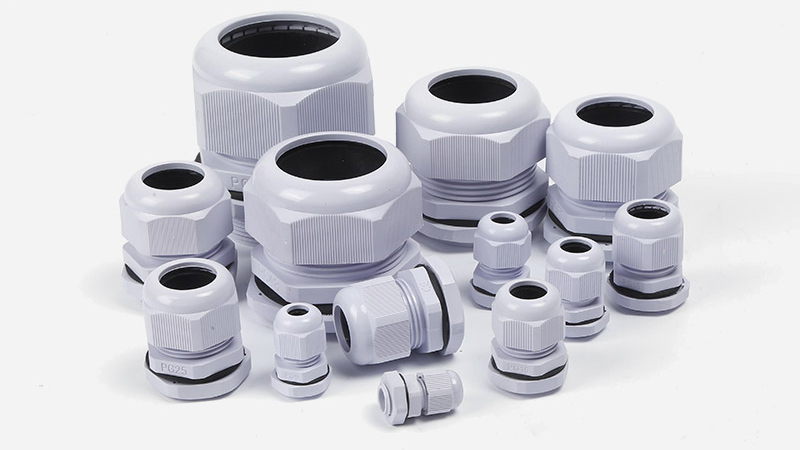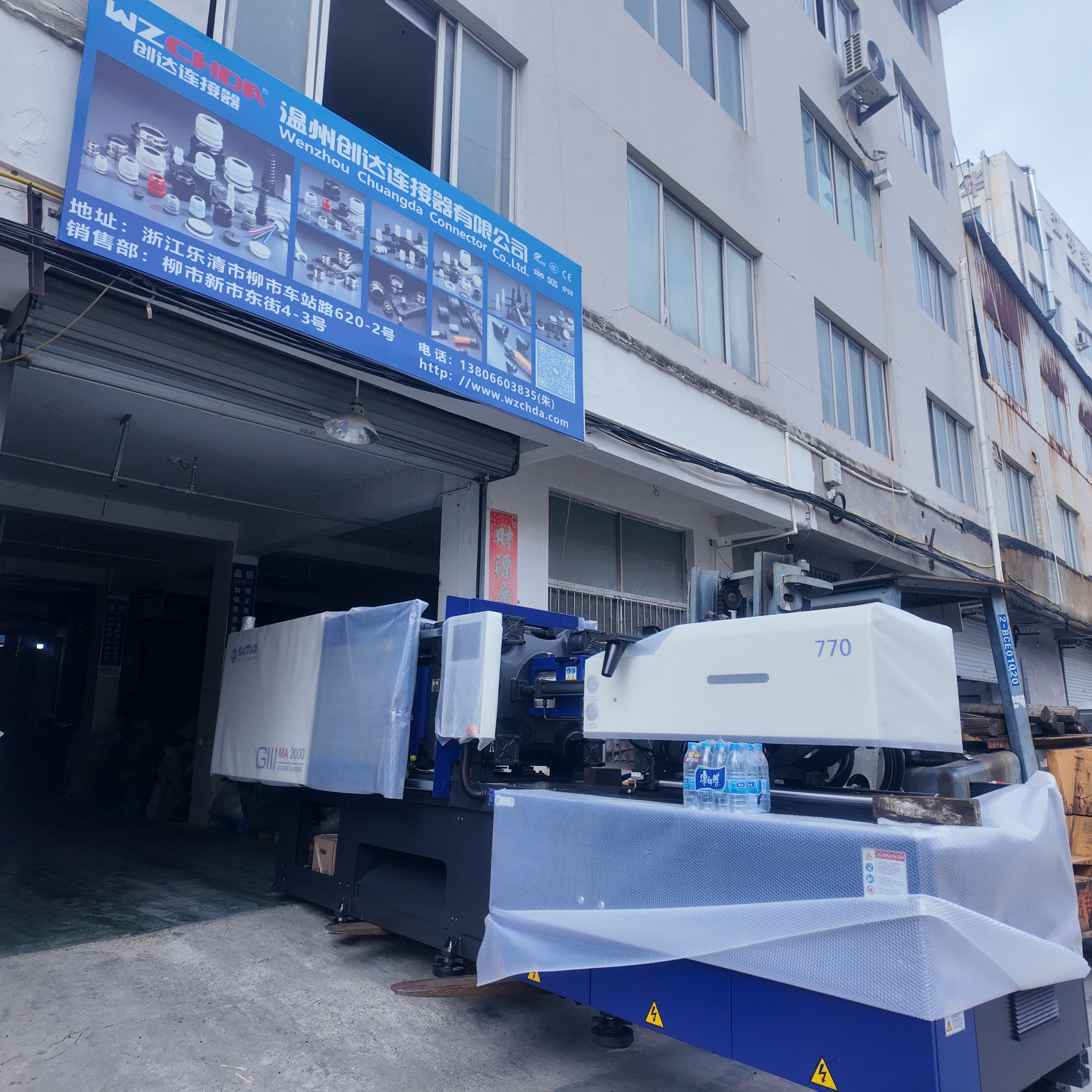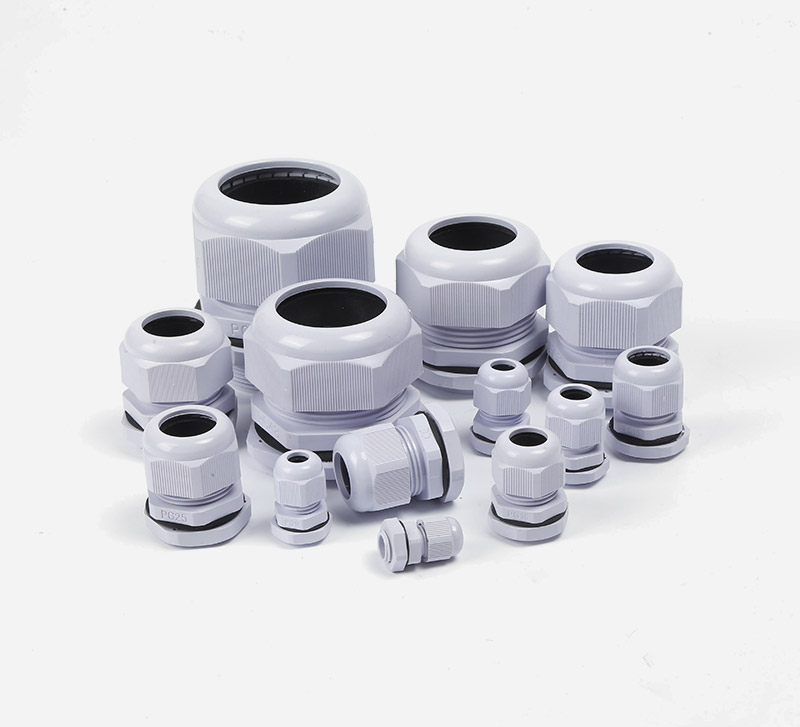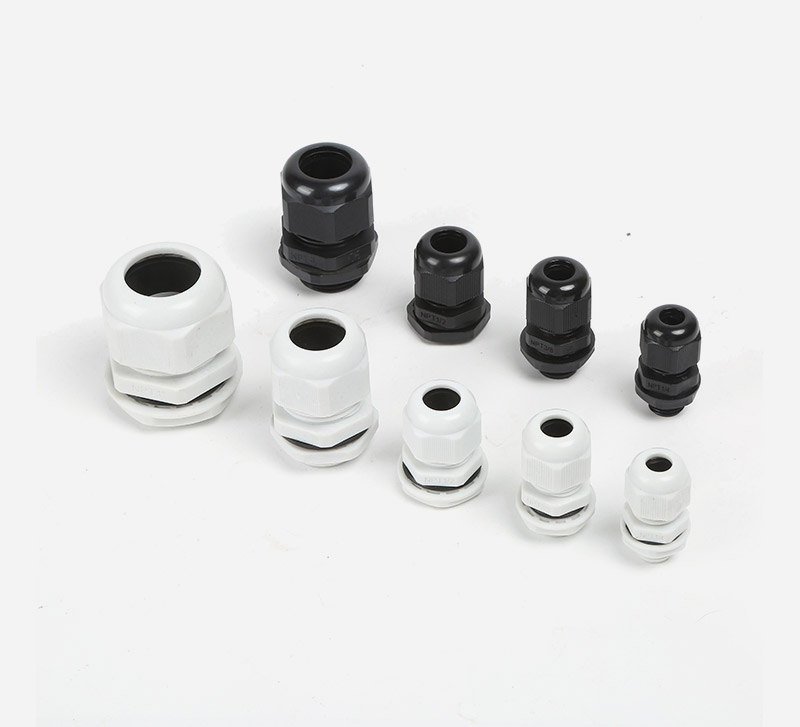Stress Relief in Nylon Cable Joints for Continuous Bending Applications
In electrical installations, ensuring safe and reliable connections is paramount. While many focus on electrical performance, the mechanical integrity of cable entry points is equally important. Cable joints, especially robust models like nylon cable joints, play a crucial role in this. Stress relief is one of their key functions, effectively protecting the cable and the equipment it's connected to.
What is Stress Relief?
Imagine a cable being stretched, twisted, or subjected to continuous vibration. Without protection, these forces would be directly transmitted to the electrical terminals inside the equipment. This can lead to loose wires, broken connections, or even short circuits, ultimately causing equipment failure, downtime, and potential safety hazards.
Stress relief is a mechanical device designed to prevent this. It absorbs these physical stresses—tension, torsion, and vibration—preventing them from being transmitted to vulnerable electrical connections. Cable joints with effective stress relief act like a strong anchor point. They firmly grip the cable's outer sheath, transferring any applied forces to the joint body and the housing it's mounted on, thus protecting the electrical terminals from damage.

The Challenges of Continuous Bending
Reliable stress relief is especially important in applications involving continuous bending. Examples include automated machinery, robotic arms, or mobile gantry cranes on assembly lines. Cables in these systems are not stationary; they are in constant motion, bending back and forth thousands of times a day.
Standard cable connectors are not designed for this continuous motion. Over time, continuous bending leads to cable fatigue and breakage at the entry point, compromising the connector's sealing performance. Stress relief, combined with connectors specifically designed for continuous bending, plays a crucial role.
Why Nylon Cable Connectors excel in Protection
Wzchda nylon cable connectors are ideal for providing reliable stress relief even in harsh environments. Nylon (made from PA66 engineering plastic) achieves a perfect balance of high mechanical strength, toughness, and flexibility through its inherent material properties. This characteristic ensures that the connector securely holds the cable without cracking, even under stress or repeated movement.
Furthermore, when these connectors are designed as waterproof nylon cable connectors (achieving protection ratings such as IP68), they provide comprehensive protection. The integrated seal (customizable) works in conjunction with a stress-relief mechanism. When the connector is tightened, it not only secures the cable but also compresses the seal, forming a moisture and dust barrier. This ensures its protection extends beyond mechanical to include environmental protection, making it ideal for both indoor and outdoor applications.
Conclusion
As outlined, the fundamental task of strain relief is to protect cables and cable assemblies from heavy loads such as pulling, twisting, bending, or pushing. Without this crucial safeguard, these everyday stresses can cause installed cables to break internally or be torn out of their connections, leading to system failure and operational downtime.
The implementation of effective strain relief, particularly through robust components such as nylon cable glands, is therefore not an optional extra but a fundamental requirement for any reliable electrical installation. By mechanically isolating the cable from harmful forces, a quality strain relief system ensures the long-term integrity, safety, and performance of your equipment, securing the vital connection between power or signal and device.
.







